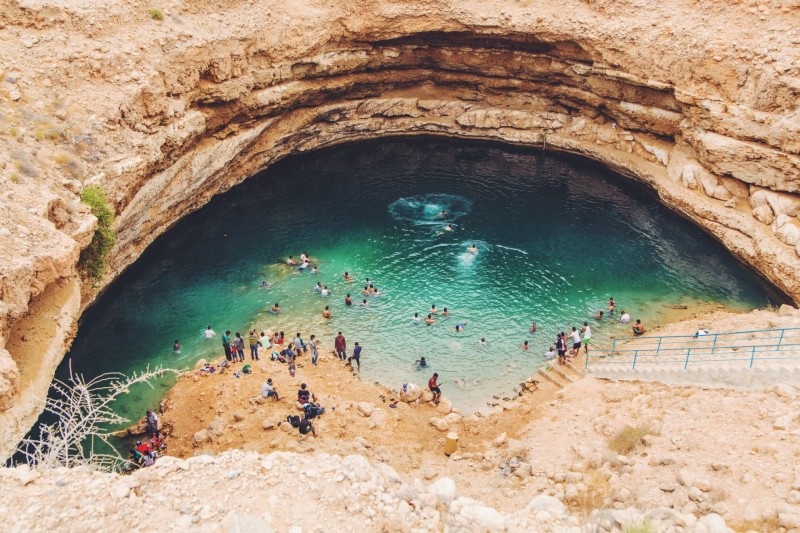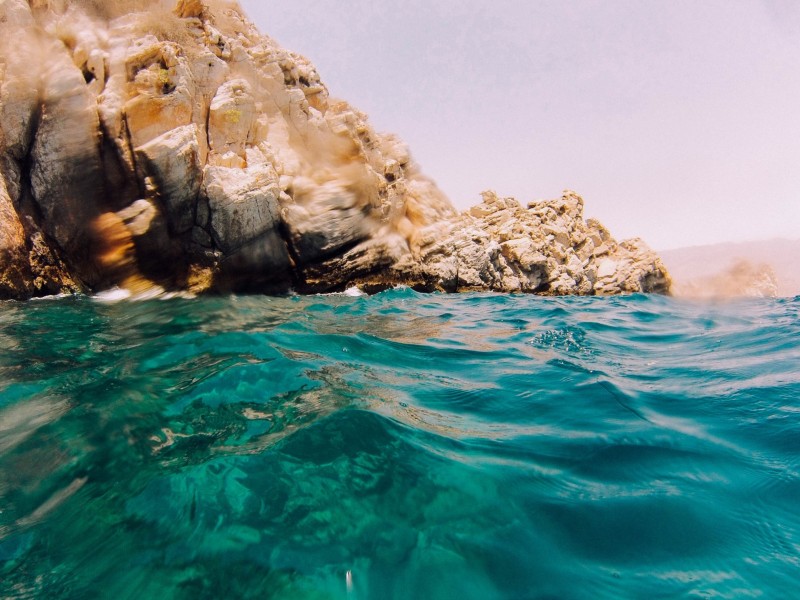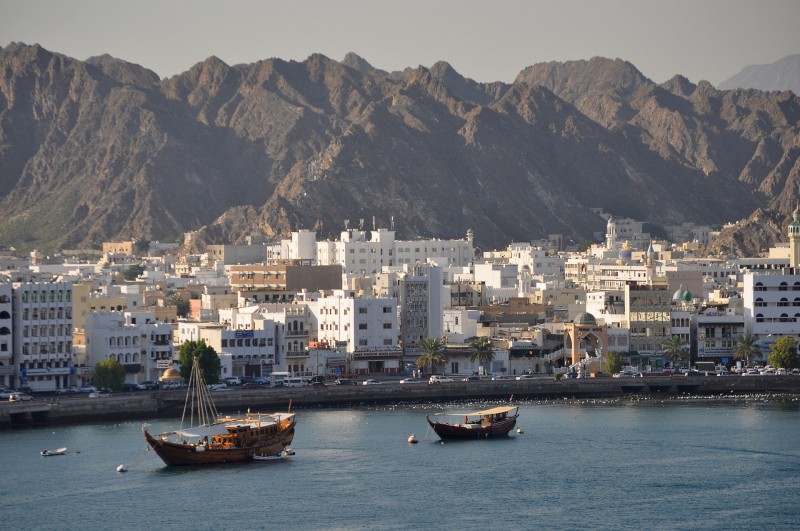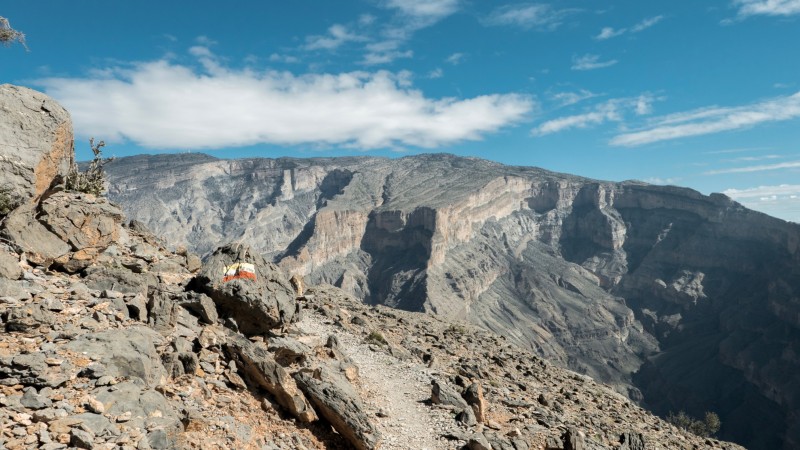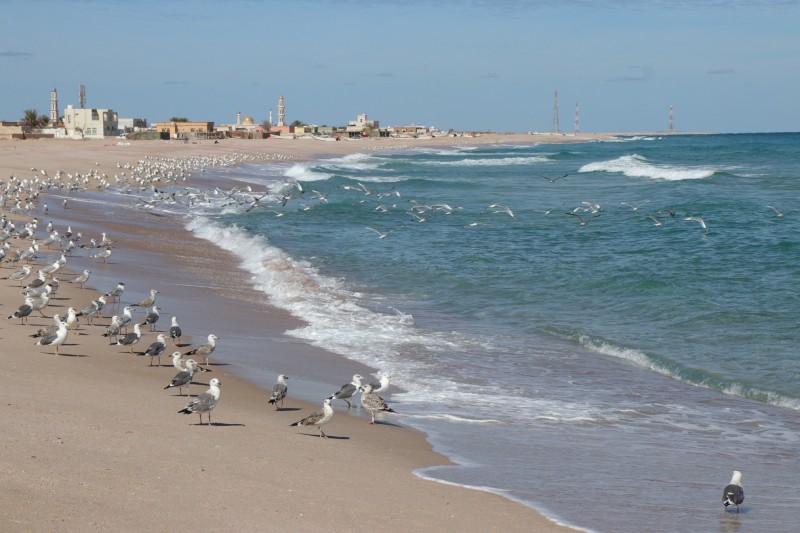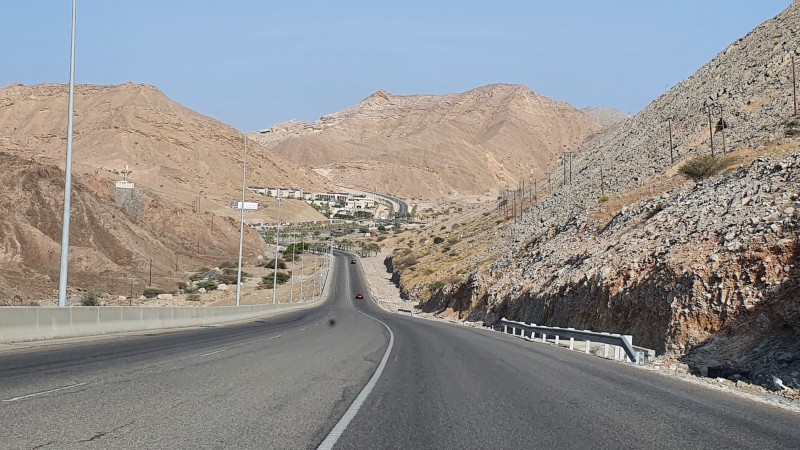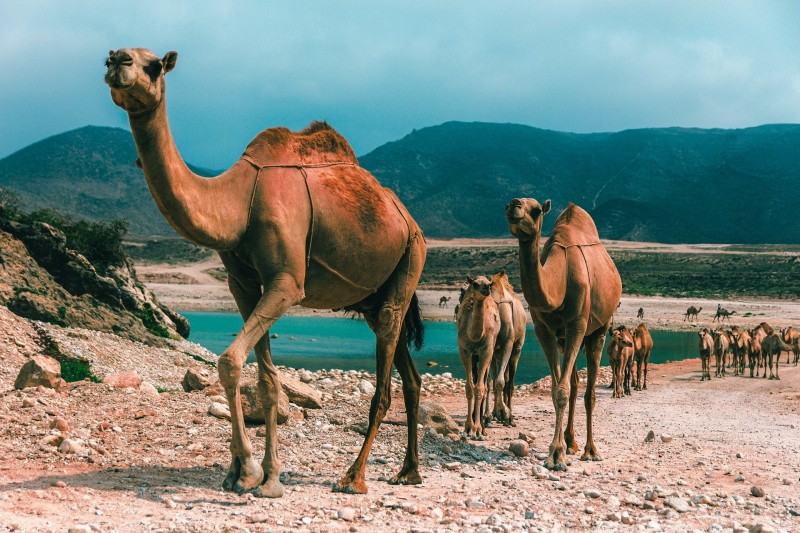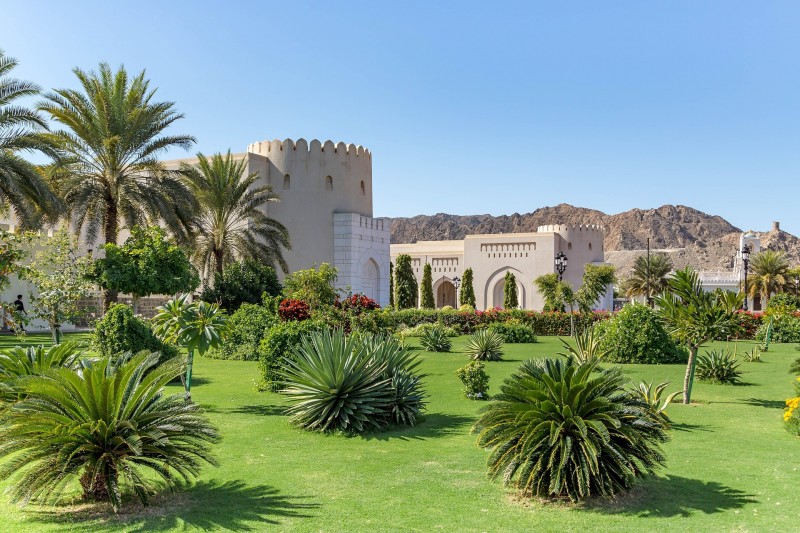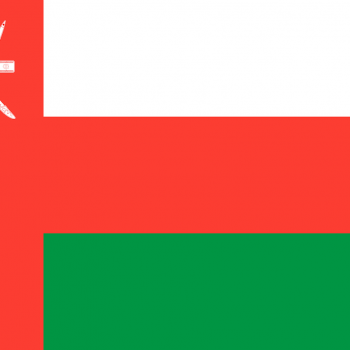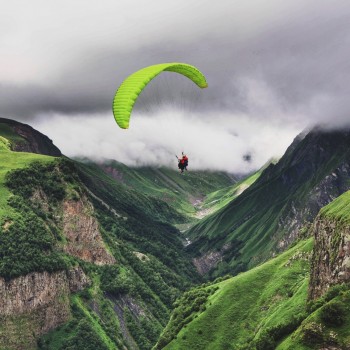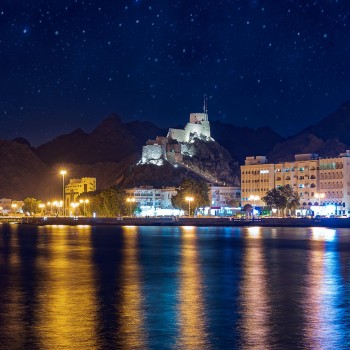Oman
Oman
Capital city description
Muscat is a spotless city, the capital of Oman. Muscat suggests “anchorage,” and a significant part of the city was built around the sea. At the historic ports of Muttrah and Old Muscat, goods and people arrive from ships every day. Both the fishermen along the beaches of Athaiba and Shatti al-Qurm rely on the sea for income. The waters are a source of recreation for many visitors.
Some of the fascinating sights in Muscat are Islamic mosques. One of the most remarkable is the Grand Mosque, a gift from Sultan Qaboos to commemorate the third decade of his reign. The imposing exterior gives way to a breathtakingly rich main prayer hall. Inside is the world’s largest carpet, a Persian rug measuring 70 meters long and 60 meters wide. More than 600 women spent four years stitching the masterpiece.
Climate
In Oman, the climate is tropical desert nearly everywhere, with some summer rains in the northern and southern mountain areas and clouds brought by the summer monsoon along the eastern coast. From mid-June to mid-September, the monsoon is due to wet currents blowing towards the Asian continent and bringing limited rain effects.
- Spring: March-May
- Summer: June-August
- Autumn: September-November
- Winter: December-February
Languages spoken
Arabic is the official language of Oman and the widely spoken language throughout the country. After Arabic, the most commonly spoken language is English, a common language spoken by immigrants. On the other hand, Baluchi is the primary language in Oman, one of the oldest Indo-Iranian languages. While Hindi, Urdu, Portuguese are some spoken languages in Oman.
Fun/Fascinating Facts
- Oman is surrounded by many buildings and houses painted in white. Structures of any kind ranging from office complexes to malls are whitewashed, and any other color requires prior permission from the government for adequate reasons.
- Alcohol is served by five-star hotels and restaurants that possess a valid license. When it comes to actual alcohol being sold in the country, the Omani has framed a set of dynamic laws meant to be followed down to the very letter. Breaking these laws equals going against the Islamic code of conduct which elicits a swift response comprising of penalty inclusive of prison and a hefty fine.
- Oman is the oldest independent state in the Arab world.
- The Al Said family is the longest-ruling royal family in the whole of Arabia, whose reign has been unbroken for the past three centuries.
- Commonly known as ‘Qahwa,’ it is a kind of beverage mandatorily served to every guest upon arrival at one’s house. The coffee is locally grown, has a delectable taste, and is usually mixed with saffron.
Unique Customs/Traditions
- Customarily, In Oman, marriages are typically arranged. The preferred marriage to a cousin. The first choice is to a patrilateral cousin, and the second choice is to a matrilateral cousin. Love matches are sporadic, as marriage is observed more like a contract between two families, with the primary aim being to produce offspring for the next generation. In polygamous families (more common among the wealthy, but not restricted), the first wife tends to be a close cousin and the second wife a younger, less-close relative. In the past, men managed to take on additional wives—Islam allows up to four—but in recent years, men have tended to divorce first wives and remarry, often leaving divorced women destitute and reliant on the government for support.
- Omanis are very polite and formal in public. Upon meeting, traditional greetings must be exchanged before a conversation can proceed. Although men and women may associate in public, their contact should always be chaperoned or open. Even educated elite women often find it necessary to accompany a male relative at public events, parties, or receptions. Omanis tend to stand close to one another as Arabs do, and it is normal for friends and relatives of the same sex to hold hands.
- The traditional outfit of Oman is loose-fitting for susceptibility to air however covers the body to maintain modesty. Omani men’s traditional clothing is an ankle-length, collarless gown with long sleeves, called Dishdasha. The designated ordinary color worn by Omani men is white; however other colors can also be worn occasionally, such as brown, lilac, and black. Men can also carry many accessories, like Mussar- a turban, the Assa- a cane or stick, and the Khanjar. One of the stylistic symbols of Omani men, Khanjar, is used on occasions to grace the outfit.
Popular universities
| Name | Description | |
|---|---|---|
| Sultan Qaboos University | Sultan Qaboos University is a non-profit public higher education institution located in the urban setting of the metropolis of Muscat, founded in 1986. Officially recognized by the Ministry of Higher Education of Oman, Sultan Qaboos University (SQU) is a large coeducational Omani higher education institution. Sultan Qaboos University (SQU) offers courses and programs leading to officially recognized higher education degrees such as pre-bachelor degrees (i.e., certificates, diplomas, associate or foundation), bachelor degrees, master degrees, doctorate degrees in several areas of study. | |
| University of Nizwa | The University of Nizwa is a non-profit private higher education institution located in the suburban setting of the small city of Nizwa, Ad Dakhiliyah. Founded in 2004 and officially recognized by the Ministry of Higher Education of Oman, The University of Nizwa (UofN) is a small coeducational Omani higher education institution. The University of Nizwa (UofN) offers courses and programs leading to officially recognized higher education degrees such as pre-bachelor degrees (i.e., certificates, diplomas, associate or foundation), bachelor degrees, master degrees in several areas of study. | |
| Middle East College | Middle East College is a for-profit private higher education institution located in the urban setting of the metropolis of Muscat, established in 2002. Middle East College (MEC) is a small coeducational Omani higher education institution. Middle East College (MEC) offers courses and programs leading to officially recognized higher education degrees such as pre-bachelor degrees (i.e., certificates, diplomas, associate or foundation), bachelor degrees, master degrees in several areas of study. | |
| Higher Colleges of Technology | Higher Colleges of Technology is a non-profit public higher education institution located in Muscat, established in 1984. Officially recognized by the Ministry of Higher Education of Oman, the Higher College of Technology (HCT) is a large coeducational Omani higher education institution. Higher Colleges of Technology (HCT) offers courses and programs leading to officially recognized higher education degrees such as bachelor's degrees in several areas of study. | |
| German University of Technology in Oman | The German University of Technology in Oman is a for-profit private higher education institution located in Al Athaiba, Muscat, established in 2006. Officially recognized by the Ministry of Higher Education of Oman, the German University of Technology in Oman (GUTECH) is a small coeducational Omani higher education institution. The German University of Technology in Oman (GUTECH) offers courses and programs leading to officially recognized higher education degrees such as bachelor's degrees, master's degrees in several areas of study. | |
| Dhofar University | Dhofar University is a private higher education institution located in the small city of Salalah, Dhofar. Founded in 2004 and officially recognized by the Ministry of Higher Education of Oman, Dhofar University (DU) is a coeducational Omani higher education institution. Dhofar University (DU) offers courses and programs leading to officially recognized higher education degrees in several areas of study. | |
| Sohar University | Sohar University is a non-profit private higher education institution located in Sohar, Al Batinah North. Established in 2001 and officially recognized by the Ministry of Higher Education of Oman, Sohar University is a medium-sized coeducational Omani higher education institution. Sohar University offers courses and programs leading to officially recognized higher education degrees in several areas of study. | |
| National University of Science and Technology | National University of Science and Technology is a private higher education institution located in the metropolis of Muscat. Founded in 2018 and Officially recognized by the Ministry of Higher Education of Oman, the National University of Science and Technology (NU) is a small coeducational Omani higher education institution. National University of Science and Technology (NU) offers courses and programs leading to officially recognized higher education degrees such as pre-bachelor degrees (i.e., certificates, diplomas, associate or foundation), bachelor degrees, master degrees in several areas of study. | |
| Mazoon College | Mazoon College is a private higher education institution located in the small city of Seeb, Muscat. Founded in 1998 and officially recognized by the Ministry of Higher Education of Oman, Mazoon College (MUC) is a coeducational Omani higher education institution. Mazoon College (MUC) offers courses and programs leading to officially recognized higher education degrees in several areas of study. | |
| Nizwa College | Nizwa College of Technology is a non-profit public higher education institution located in Nizwa, Ad Dakhiliyah. This institution also has a branch campus in Izki. Founded in 1993 and officially recognized by the Ministry of Higher Education of Oman, Nizwa College of Technology (NCT) is a small coeducational Omani higher education institution formally affiliated with the Islamic religion. Nizwa College of Technology (NCT) offers courses and programs leading to officially recognized higher education degrees such as pre-bachelor degrees (i.e., certificates, diplomas, associate or foundation), bachelor degrees in several areas of study. | |
Festivals & Events
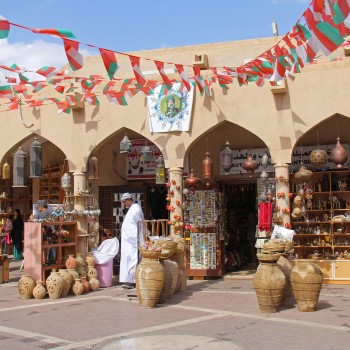
Muscat Festival
Date: January and February
Muscat Festival is one of the most prestigious celebrations in Oman. These festivals reflect the enchanting beauty of the Sultanate, the depth of its history and heritage, the urban development witnessed by the country while preserving its cultural heritage, customs, and the authentic Arab traditions of the Omani people.
The Festival is customarily held in Muscat in January and February and provides an excellent opportunity for shopping and sightseeing. The Festival also gives a variety of cultural, artistic, and traditional events and activities. It will be held in the largest heritage village in Al Qurm Natural Park, where you can see and get to know classic and artistic Omani life.
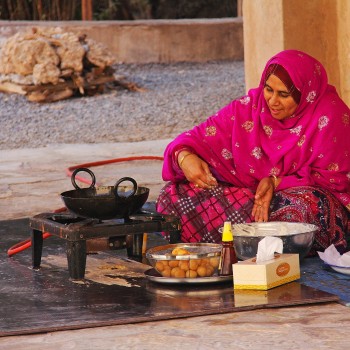
Salalah Tourism Festival
Date: July and August
Salalah Tourism Festival falls during the 'Khareef' or monsoon season of Oman. It starts around mid-July and lasts until late August. During the Khareef season, the city of Salalah is transformed into a lush oasis due to the rain showers that cool the summer air. The festival includes beautiful art and cultural shows, with a mix of international programs for international tourists who come to enjoy the festival.
It is a vigorous festival; with clothes stalls, restaurants, music, games, theatrics, circuses, and much more. Many families gather together to have a picnic and enjoy the beautiful monsoon weather, while others come to enjoy the shows, games, and fireworks that take place.
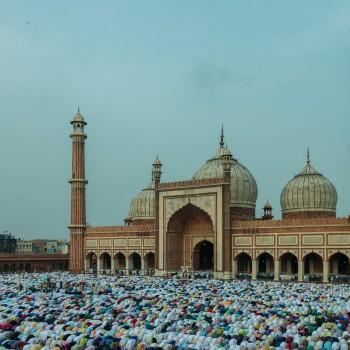
'Eid al-Fitr'
Date: May
Oman celebrates 'Eid al-Fitr' and is regarded as one of Oman's most significant religious festivals. 'Eid al-Fitr' indicates the end of Ramadan, which is the Islamic holy month of fasting.
The festival of Eid lasts for three days. On the first day of Eid al-Fitr, Omanis go to mosques and perform the Eid prayer. After the Morning Prayer, the celebrations and feastings begin. Some common traditions in Oman are wearing new clothes, visiting relatives, giving presents to children, sending cards, and preparing festive meals.
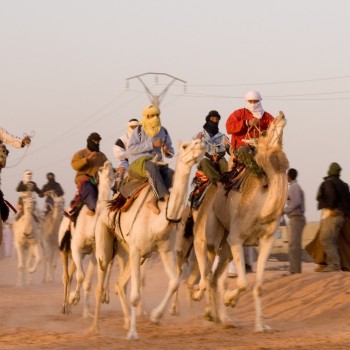
Sultan Camel Race Cup
Date: 19th-22nd March
The Sultan Camel Race Cup is a festival that encourages one of the oldest Arab sports: camel racing. During the festival, camels compete on racetracks, which are specially built for this very sport. The camels are all brought from specialized farms that train them for this extreme sport. The festival lasts a couple of days and is enjoyed by many. The King, Sultan Qaboos Bin Said, is a massive fan of this festival and has supported this festival significantly.
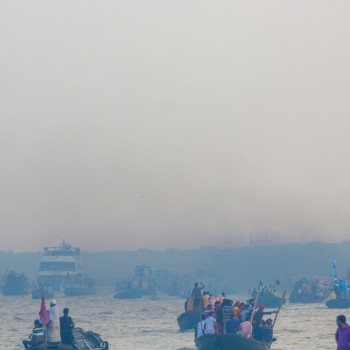
Traditional Boat Race
Date: January
Happening ahead in the year are boat races and sailing competitions to celebrate Oman’s seafaring traditions. A Dubai–Muscat Regatta is held every January, which see boats sailing from Dubai through the Straits of Hormuz toward Muscat. Boat races are also held in February, wherein traditional boats such as dhows compete for a prize.
Attractions / Top Sights
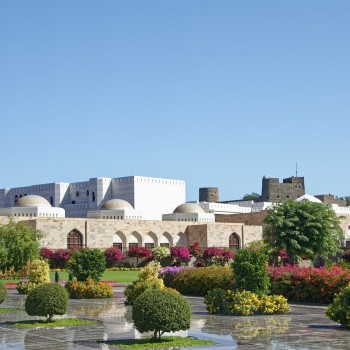
Muscat
When to visit: December to March
Muscat city is home to forts, palaces, museums, and marketplaces. Standing sentry over the palace is the twin castles of Al Jalali and Al Mirani, which have been changed into museums and are open to all. Non-Muslim tourists can also travel the astonishing Sultan Qaboos Grand Mosque on most mornings, appreciating characteristics such as an enormous crystal chandelier, wall panels of marble, and the second-largest Persian carpet on earth. All these things made the city one of the best spectacles in Oman.
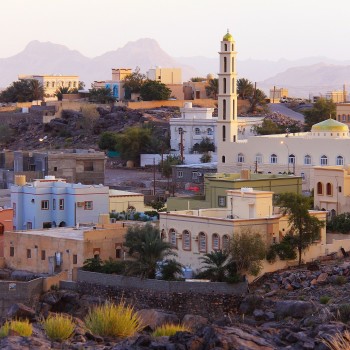
Nizwa
When to visit: November to March
Way back in the sixth and seventh centuries, the town of Nizwa served as the epicenter for Oman. Presently, the city is famous for its incredible fort, established in the 17th century under Sultan Bin Saif Al Ya’ribi. Though, some portions of the fort are set during the ninth century.
The highlight attraction of the Nizwa Fort is the enormous cylindrical tower. The fort also has fantastic defense mechanisms, including honey traps and peculiarly shaped windows for shooting advancing enemies. The fort is a museum, too, exhibiting 17th-century life in Oman.

Musandam
When to visit: Between October and March
The Musandam Governorate makes up the northernmost part of Oman, separated from the UAE's rest. Its rough mountains rise to 1800 meters above sea level. With the Gulf of Oman and the Arabian Gulf surrounding most of the area, it has many beautiful white-sand beaches.
The Governorate of Musandam is recognized for its strategic location, with part of it known as Ras Musandam – overlooks the international water passage called the Strait of Hormuz.Governorate of Musandam consists of four wilayats: Khasab. bukha, Daba Al Bayah and Madha. Khasab town is the regional center of the Governorate, located 481 kilometers from the capital Muscat and one of the most famous stretches of sand in Musandam.
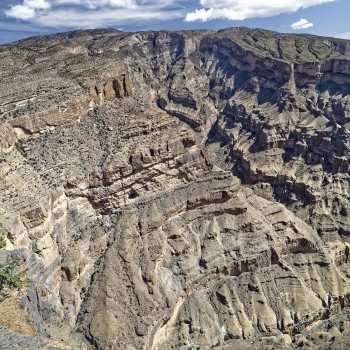
Jebel Akhdar
When to visit: March and April
When to visit: https://www.walkopedia.net/best-world-walks/Oman/Jebel-Akhdar
The towering Jebel Akhdar (Green Mountain) is part of the Al Hajar mountain range in the Ad Dakhiliyah Governorate. The mountain has several hiking trails and farming villages.
The Jebel Akhdar area is primarily limestone and has the most elevated point in the whole country of Oman. Although it is not covered with lush woods, the altitude makes for freezing temperatures and more agricultural development than the desert. Today, the region is preserved, and you can trek through beautiful terraces and even locate trees loaded with fruit.
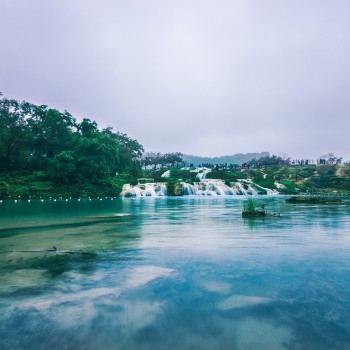
Salalah
When to visit: June to August or December to March
Salalah is a lovely city in the Dhofar Governorate in southern Oman. Salalah is a beautiful city with rich culture, history, and magnificent beaches. Salalah is specifically significant because it is the hereditary abode to Sultan Qaboos, the ruling sultan in Oman since 1970.
Renowned for its Arabian Peninsula and bizarre climate, this town is full of lush mountains and greenery that come alive during the monsoon season. Its stunning beaches offer many snorkeling and diving opportunities. Located on the coast of the Arabian Sea, its cuisine is delightful and delicious, with excellent seafood choices.
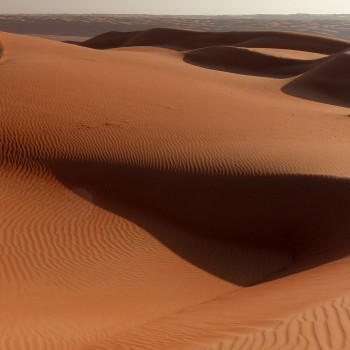
Wahiba Sands
When to visit: October to March
The Wahiba Sands is a popular tourist destination for those seeking the natural, pure and conventional Oman. The village of Ibra serves as the main entrance to the Wahiba Sands, where many guided trips begin. Dune bashing at the desert of the Wahiba Sands, renowned for its amber-colored sands, and exploring the blue waters with palm trees at the Wadi Bani Khalid is a remarkable journey outside Muscat.
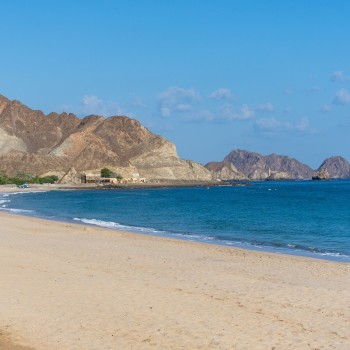
Ras Al Jinz
When to visit: Between May to September
A turtle conservation area that assists in inhibiting and saving the sea turtles of the Indian Ocean, the Ras Al Jinz Turtle Reserve- situated in Ras Al Hadd in eastern Oman. It’s a natural reserve for endangered green turtles, with approximately 20,000 females returning here to lay their eggs every year.
Apart from the spectacular beach, crystal waters, and golden sands of Ras Al Jinz, you can experience watching the turtles digging their nests and laying eggs and even see the tiny turtles hatch and head back to the sea. The reserve organizes turtle viewings in the early-morning hours.
.jpg)
Shatti Al Qurum
When to visit: November to March
Shatti Al Qurum is a fancy residential district of large whitewashed villas, tree-lined streets, embassies, ministries, and government offices. It's near numerous cafés, restaurants, shopping malls, and hotels. It is a beautiful place for a vacation with good shopping options, cultural attractions, a beautiful beach, and closeness to historical sites.
Furthermore, Shatti Al Qurum is home to Al Qurum beach, one of Oman's most extended and bustling beaches. Enjoy thrilling watersports, see ancient fortresses and spend an evening at the opera.
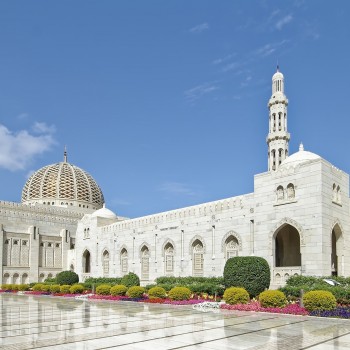
Sultan Qaboos Grand Mosque
When to visit: November to March
The Grand Mosque is the most famous of the Sultan Qaboos mosques built in several towns around the country. It is one of the most immeasurable tourist attractions in Oman. It was made in Bausher in Muscat in 2001. The mosque is an ultimate architectural marvel from its minarets, golden bid dome, arches, carved walls, adorned interior, beautiful lamps, and central crystal candelabrum.
The Grand Mosque is one of the few mosques in Arabia which allows entry for non-Muslim visitors; however, the mosque is closed to Non-Muslim visitors on Fridays.
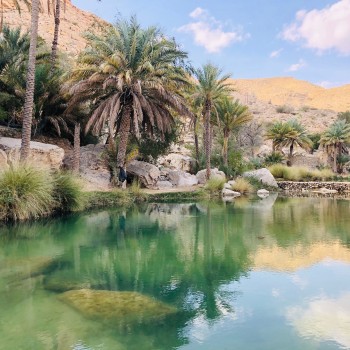
Wadi Bani Khalid
When to visit: Between November and January
Wadi Bani Khalid is famous for its large pools of emerald green water girded by tall palm trees. Wadi Bani Khalid is known to have a continuous flow of water throughout the year. The rocky canyon and cliffs of the Hajar Mountains make it breathtakingly beautiful and are often touted as the "desert paradise." Located just 2.5 km from Muscat, this is a favorite amongst hikers and a famous picnic spot.
One of Wadi Bani Khalid's most accessible Wadis in the region has been developed with a bridge, seating areas, and a restaurant. The pools of the wadi are excellent for swimming.

















